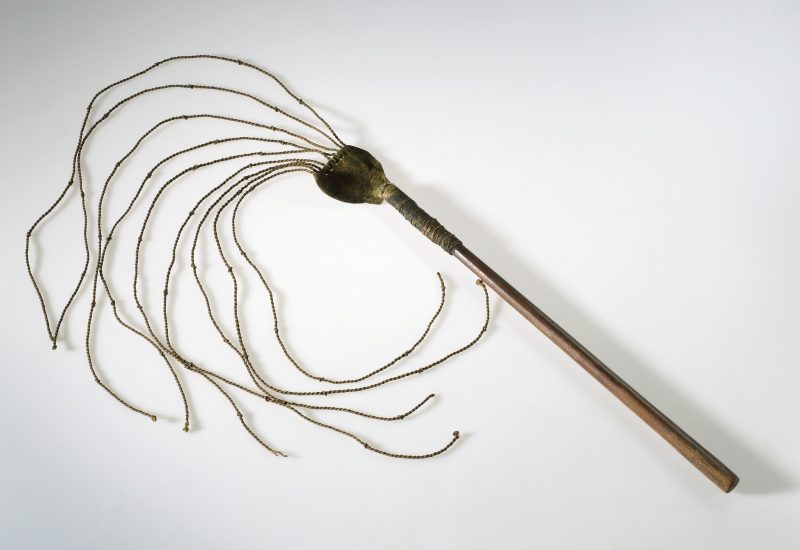Each blow of the cat would open up numerous wounds, enough of which could prove fatal, on the unfortunate sailor’s back.
The British Royal Navy was, from around the middle of the 18th century up until the Second World War, the largest and most powerful military fleet in the world.
Numbering well over a thousand vessels in 1859, finding enough men to serve on the ships of this vast fleet meant that methods that were often questionable – such as press ganging, in the 17th and 18th centuries – were regularly used to essentially coerce, and on some occasions virtually kidnap, men from the poorest and roughest segments of society into service.
Having a crew full of essentially unruly, unwilling men from the dregs of society on board a ship that was essentially its own isolated island when out on the open sea, physically distant from the laws of king and country, meant that the dangers of rebellion and mutiny were ever-present.
To negate these risks and instill a strong sense of obedience and discipline among the crew, extremely harsh punishments were meted out to any man who stepped out of line.
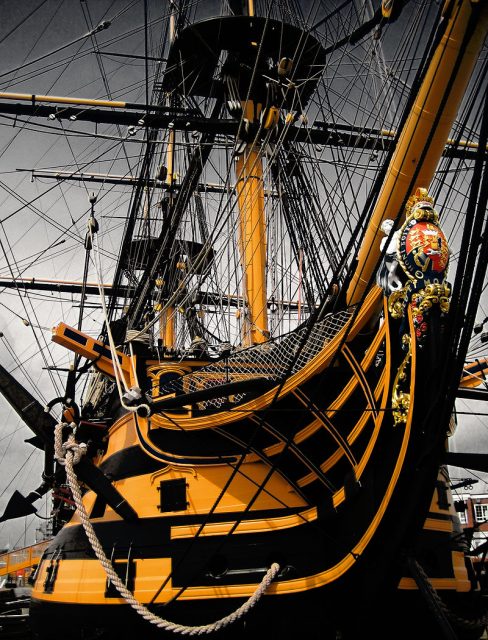

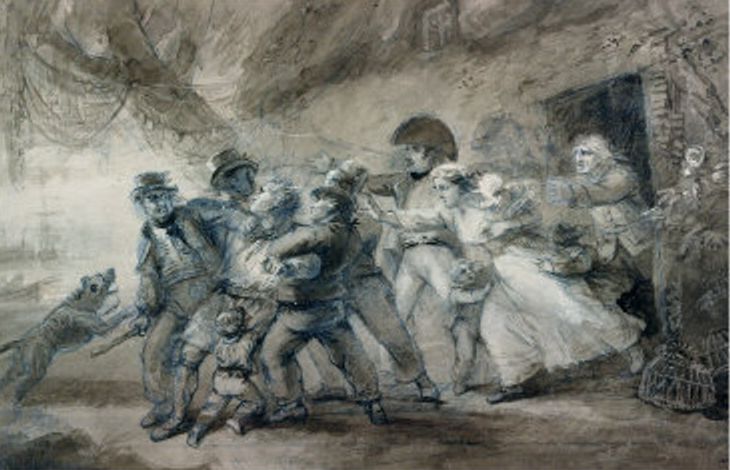

The most common punishment was flogging, and most Royal Navy sailors in the 18th and 19th would likely have been flogged at least once during their time at sea. The usual instrument used to administer a flogging was the notorious cat o’ nine tails – a whip made of nine strands of knotted rope (which were sometimes waxed, to maximize its brutal impact) tied together.
The offender’s shirt would be removed, and he would be tied to a secure part of the ship in preparation for the flogging. Each blow of the cat would open up numerous wounds, enough of which could prove fatal, on the unfortunate sailor’s back.
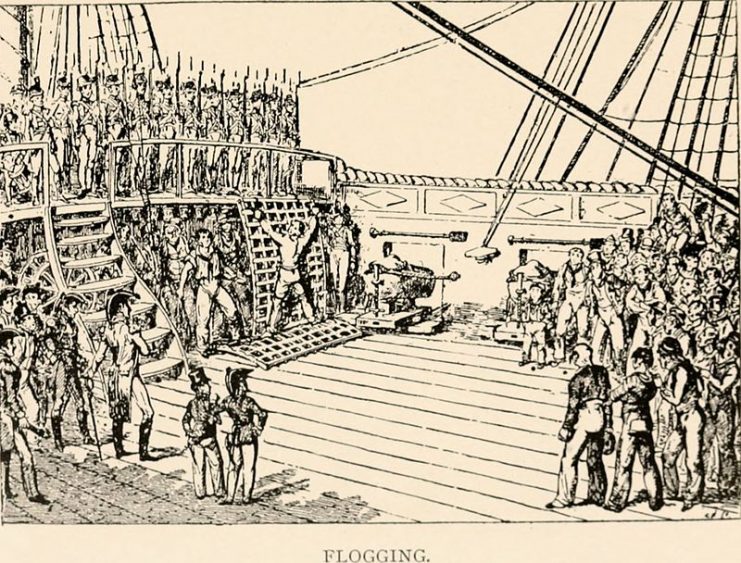
In the early days of the Royal Navy, flogging sentences were handed out for anything from drunkenness and insolence to neglect of duty or minor theft. The starting amount, for minor infractions, was usually a dozen lashes, but for serious offenses this could go all the way up to 36 strokes.
By 1750 a rule had been instated that limited floggings to a maximum of twelve strokes. However, some captains got around this by dividing men’s crimes into separate infractions, each of which could earn twelve lashes. For minor infractions, or to punish young boys, caning with a rattan or birch cane was used instead of flogging with a cat o’ nine tails.
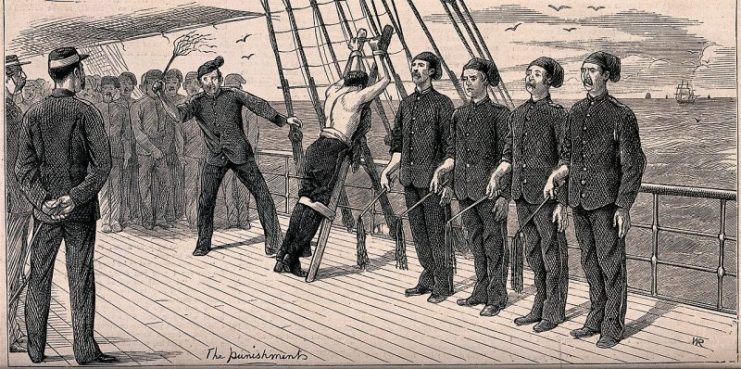
For an especially severe infraction, the offender could be “flogged around the fleet.” Once the naval ship reached a British port, the offender would be tied to the mast of a small boat, which would then visit every other naval ship in the harbor.
A representative from each ship would deliver a number of lashes to the man with a cat o’ nine tails, and the total number of lashes could end up being in the hundreds, if the punishment was taken to its extreme conclusion. Such a punishment was likely to be fatal.
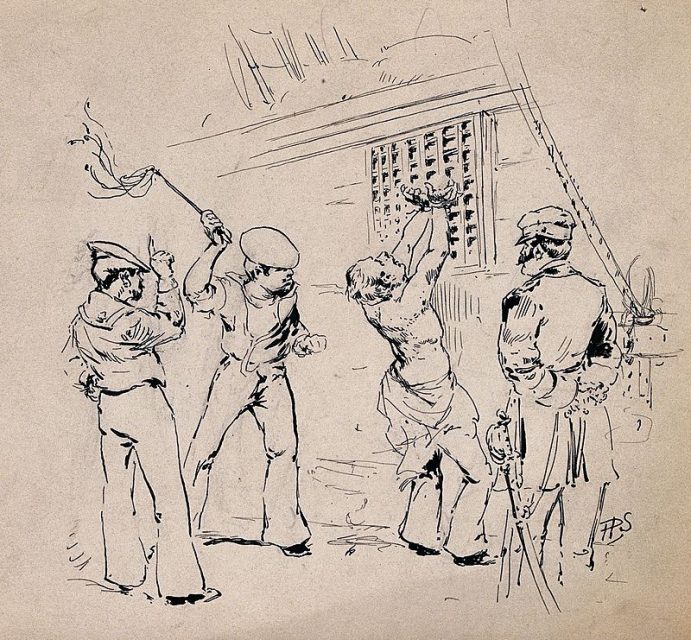
Certain offenses carried the death sentence: striking an officer, mutiny, murder, or desertion. At sea, this was usually carried out by hanging the offender from the yardarm. While hanging from the gallows on land, where a trapdoor would drop out from under the feet of the victim, was often a relatively quick death, being hanged from the yardarm of a ship was neither a quick nor a pleasant way to die.
After the (blindfolded) offender’s wrists and ankles were bound, a noose, attached to a long rope, was slipped over his head and tightened. The other end of the rope, after having been tossed over the yardarm, was held by a group of strong sailors.
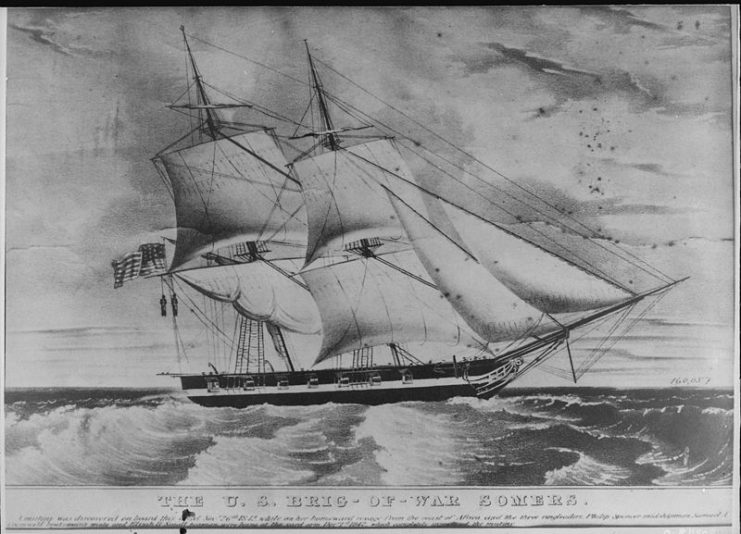
A gun was fired to mark the start of the execution, whereupon the sailors gripping the rope started pulling. The victim would slowly be pulled up into the air, being agonizingly throttled to death, and would be left to hang from the yardarm for at least half an hour – to make sure he was dead – before being cut down.
One of the cruelest punishments a seaman could receive – keelhauling – was never an official Royal Naval punishment, and was far more likely to have taken place on pirate ships. Nevertheless, it may have been used once or twice on British naval ships for particularly egregious offenses, and it was an official punishment used by the Dutch Navy.
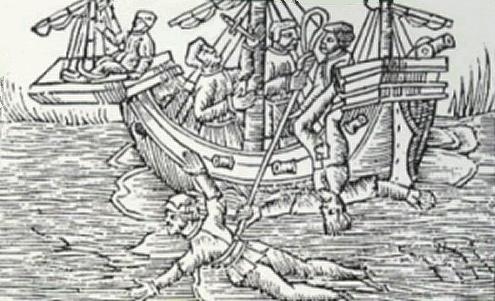
The very unfortunate man condemned to undergo a keelhauling would be stripped naked and tied to two ropes. He would be thrown overboard, and then dragged via the ropes under and across the entire width of the ship’s underside, which, after months or years at sea, would be covered with thousands of razor-sharp barnacles.
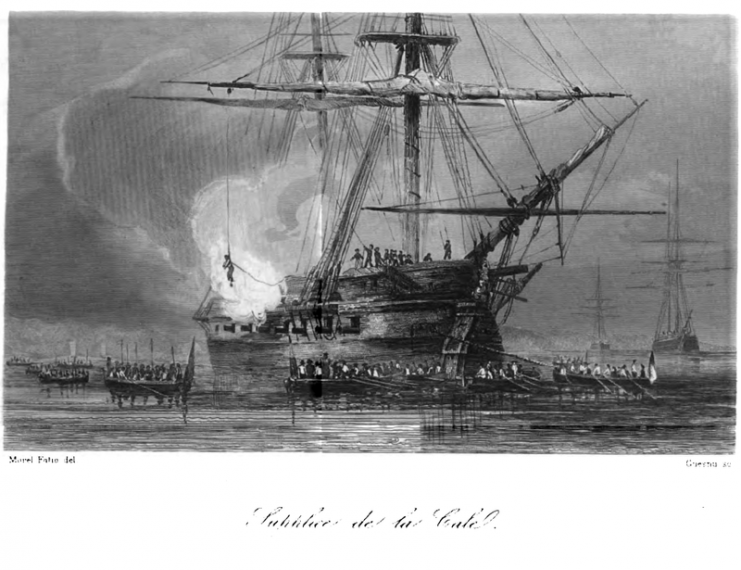
If the keelhauling didn’t drown him, the horrendous lacerations all over his body from being dragged across the barnacles certainly would. If by some miracle the man survived, he would be horribly scarred for life.
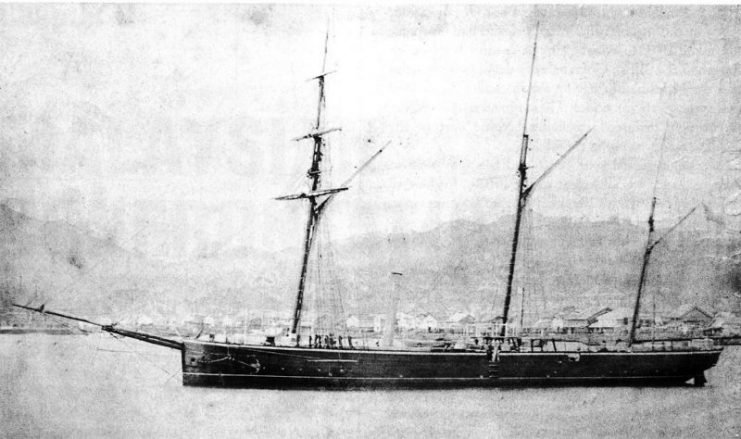
Read another story from us: Why were American Sailors Kidnapped by the Royal Navy?
The last man hanged from the yardarm in the Royal Navy was Private John Dalliger, who in 1860 stole brandy and then shot two officers on board HMS Leven.
Floggings were eventually banned from Royal Navy ships in 1881, but caning continued as an official punishment until 1967. As for keelhauling, while never an official punishment of the Royal Navy, it was nonetheless outlawed in the early 18th century.
